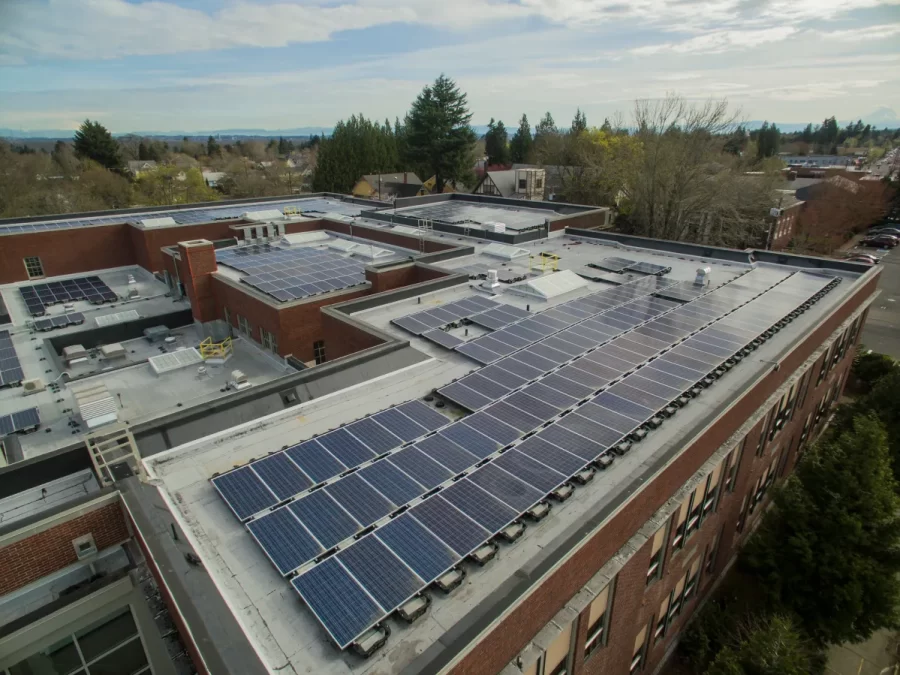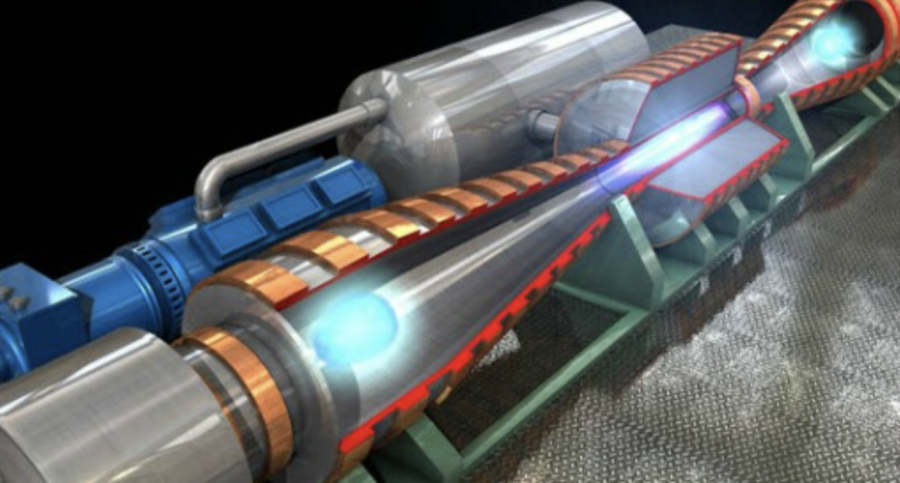A Promising Moment for Clean Energy
Recently, multiple huge energy breakthroughs took place in the United States; the federal Department of Energy and a private company called Helion both achieved breakthroughs in the field of nuclear fusion. This article will primarily focus on Helion’s achievement.
First, what is nuclear fusion? Fusion is the principle of combining two molecules into one. The reaction generates energy because the combined mass of the first two molecules is greater than the mass of the one they produce. This difference in mass causes energy to be released; the larger the mass difference, the more energy that is produced. The nuclear power plants in operation today all generate power using nuclear fission, which is a different process.
Fusion is a big topic right now because it has huge implications: it can generate massive amounts of clean energy. Fusion research has been ongoing since the 50s, and successful fusion reactions were happening back then. However, these reactions often only involved a handful of molecules and didn’t produce anything really useful. However, Helion was recently able to carry out fusion reactions that created enough power to be a commercially viable source of energy production, which is a milestone in the field.
Helion’s fusion process sounds almost unbelievable. First, the fusion fuel, Deuterium, and Helium-3 gasses are injected into two opposing chambers about 40 feet apart. The fuel is superheated into plasma and held in place by strong electromagnetic fields. Then, both plasma formations are shot toward each other at 1 million mph, and they collide in the middle. They are then held in place by even stronger electromagnetic fields. This converts their kinetic energy into thermal energy, heating the plasma to temperatures of 100 million degrees Celsius, at which point the molecules begin to fuse. The plasma expands along with the energy production, pushing back on the magnetic fields holding it in place, which produces an electrical current.
The result is an affordable, zero-carbon source of energy that we can sustain; Helion’s current prototype, Trenta, can run a successful fusion reaction every 10 minutes. They claim their next-generation prototype, Polaris, will run reactions once a second in 2024.
While we are not yet at the point where we can abandon fossil fuels, this is a huge step in the right direction, and there is good reason to be optimistic about the future of clean energy.




































